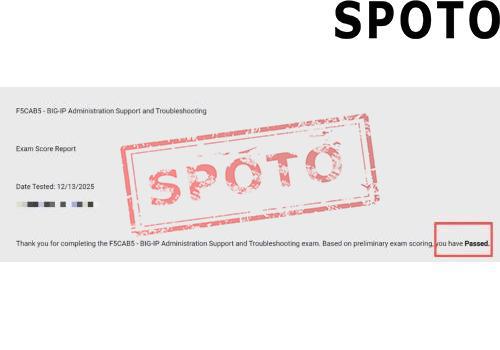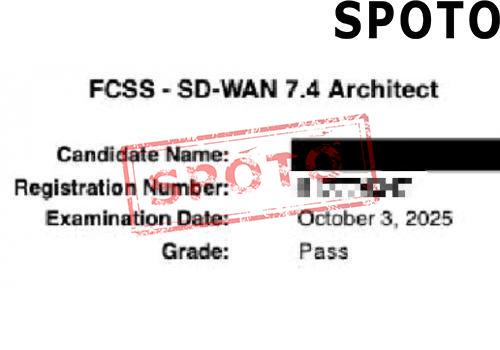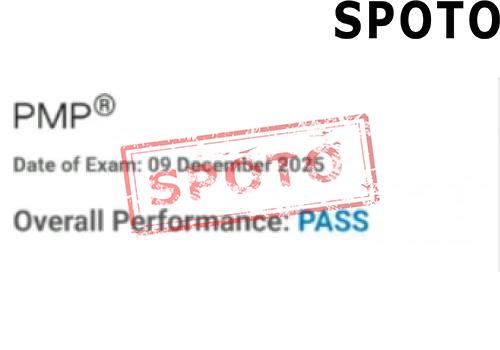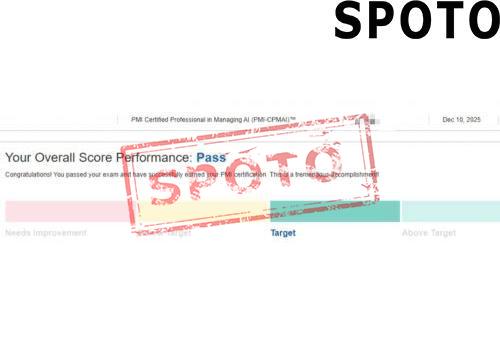
Table of Contents
In today's data-driven world, making sense of vast amounts of information has become pivotal for businesses, governments, and organizations across industries. Whether it's to enhance customer experience, optimize operations, or predict future trends, data analysis is the backbone of informed decision-making.
If you're looking to tap into this lucrative and ever-growing field, understanding what data analysis entails and how to embark on this career path is essential. Let's explore the ins and outs of data analysis, why it's a compelling career choice, and how SPOTO's specialized courses can accelerate your journey.
1. What is Data Analysis?
Data analysis is the systematic process of collecting, cleaning, and interpreting data to uncover meaningful insights that drive smarter decisions. It involves transforming raw data into comprehensible information through various techniques and tools. The core goal? To answer critical questions like: What are the current market trends? Which customer segments are most valuable? What factors contribute to a business's success or failure?
The process generally follows five iterative phases:
- Identify the data you need
- Collect the data
- Clean the data for accuracy
- Analyze the data to find patterns
- Interpret and communicate insights effectively
2. What does a Data Analyst do?
Tasks and Responsibilities
A data analyst's role involves a mix of hands-on data handling and strategic communication. Daily tasks often include
- Data collection — gathering information from surveys, websites, or purchased datasets.
- Cleaning data — removing errors, duplicates, or inconsistencies to ensure accuracy.
- Modeling data — designing and structuring databases for efficient analysis.
- Interpreting data — identifying trends, patterns, or relationships.
- Presenting insights — creating visualizations like charts, dashboards, and reports to relay findings clearly to stakeholders.
Types of data analyst
Knowing how to collect, sort, and analyze data is a vital part of any industry. Data analysts are found in many different industries, including criminal justice, fashion and food, technology, the business sector, environmental protection, and the public sector.
Other titles for people who do data analysis include
- Medical and health care analyst
- Market research analyst
- Business analyst
- Business intelligence analyst
- Operations research analyst
- Intelligence analyst
3. Why become a Data Analyst?
Lucrative Salaries and Robust Job Outlook
According to Glassdoor, the average salary for a data analyst in the U.S. hovers around $86,000 annually. But beyond just compensation, the employment landscape is highly optimistic. The World Economic Forum ranks data analysts among the fastest-growing jobs between 2025 and 2030, with related roles like data scientists, operations research analysts, and business intelligence specialists experiencing exponential growth—some as high as 36% over the decade.
Diverse Industry Opportunities
Data analysts are in demand everywhere—from healthcare and finance to retail, government, and environmental sectors. This versatility allows for flexible career moves and specialization.
Rewards of Impact and Innovation
Beyond salary, many find this role fulfilling because it helps organizations make smarter decisions, optimize processes, and even solve societal issues through insights.
4. Paths to becoming a Data Analyst
Achieving a career in data analysis can follow multiple routes:
Professional Certificates
Designed primarily for beginners and early-career professionals, these certification programs focus on building core data analysis skills such as SQL, Excel, Python, and basic statistics. They typically take a few months to complete, often through flexible online learning formats. Examples include Google's Professional Data Engineer Certificate and Microsoft's Data Visualization certifications, which are highly valued in the industry and help entry-level candidates quickly demonstrate their abilities to potential employers.
Bachelor's Degree
Earning a bachelor's degree in fields like computer science, mathematics, statistics, or information technology remains one of the most traditional and recognized pathways into data analysis careers. This route provides a comprehensive education that covers theoretical foundations, technical skills, and practical applications, along with opportunities for internships and industry projects. A degree also adds credibility and broadens your employment options across various sectors, making it a valuable long-term investment for aspiring data professionals.
Self-Study
For highly motivated learners, self-study is a flexible, cost-effective way to develop data analysis skills independently. There are countless resources available, including textbooks, online tutorials, community forums, and open-source projects, which allow learners to customize their learning journeys based on their interests and goals.
SPOTO offers targeted courses that combine practical skills training with industry insights, equipping students with real-world experience. Their programs help bridge the gap between theoretical knowledge and practical application, supporting learners in mastering tools like SQL, Excel, data visualization, and basic programming to prepare for job-market challenges.
5. Conclusion
Data analysis is more than a skill—it's a powerful tool that empowers organizations and individuals alike. With a growing demand for data-savvy professionals, the career prospects are bright and promising. Embarking on this journey with foundational courses and certifications from trusted providers like SPOTO can position you for success in one of the most dynamic fields today.
Take the first step now—start learning, earning your certification, and unlocking a future full of opportunities.










